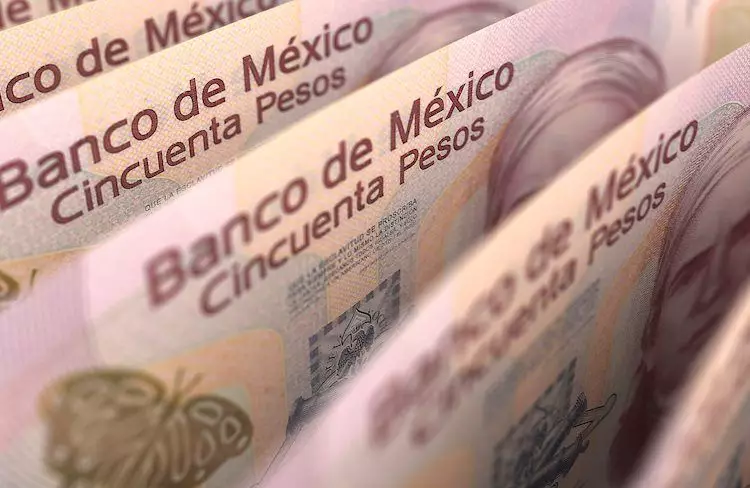In recent weeks, the Mexican Peso (MXN) has experienced notable appreciation, climbing to its highest value against the US Dollar (USD) in three weeks. This uptick can largely be attributed to a combination of factors, including shifting market sentiments, expectations surrounding Federal Reserve monetary policy adjustments, and domestic political developments in Mexico. The decline of the USD has opened up pathways for the Peso, marking a significant moment in foreign exchange dynamics.
The Fed’s projected performance and its monetary policy shifts significantly affect the USD/MXN exchange rate. According to data from the CME FedWatch Tool, there’s a compelling 43% probability of a 50 basis point cut in the Federal Reserve’s interest rate, leading to increased selling pressure on the USD. As U.S. inflation analyses provide mixed signals—along with rising unemployment claims—investors are leaning toward a stance that anticipates further easing from the Fed, acting as an underlying motivator for Peso gains.
This optimism has led to a dynamic interplay between the two currencies, with the global market mood playing a crucial role in determining the movement of the exchange rate. The anticipation of rate cuts creates an environment where the USD’s attractiveness diminishes, whereas emerging markets such as Mexico could present more appealing investment opportunities.
Political developments in Mexico have also fostered a sense of renewed confidence in the Peso. The approval of judicial reforms has mitigated earlier political anxieties, allowing for a semblance of stability. This easing of political tensions often translates into enhanced economic perceptions in the eyes of investors and currency holders alike.
Moreover, upcoming economic indicators, including the Aggregate Demand and Private Spending reports slated for release next week, are expected to provide further insight into Mexico’s economic landscape as we approach the second quarter of 2024. A positive outcome from these reports could further bolster the Peso’s favor among investors.
In a significant move for the Mexican economy, inflation rates dipped below 5% in August, suggesting the potential for continued monetary easing by the Bank of Mexico (Banxico). The results from the Citibanamex Survey indicate expectations of rate reductions to 10.25% by 2024, with forecasts suggesting further declines to 8.25% in 2025. As Banxico maneuvers through these fiscal waters, its policies will undoubtedly impact the Peso, particularly through shifts in interest rates that influence investment flows.
Higher rates are generally favorable for the Peso, as they signify higher yields, appealing to foreign investors. A consistent monitoring of the Fed’s decisions is crucial for Banxico, which often implements policies that reflect or even preempt U.S. Central Bank movements.
The USD/MXN currency pair has recently witnessed a significant pullback, retreating over 7,000 pips below the psychological mark of 20.00. This trend is noteworthy, as the Relative Strength Index (RSI) suggests a bearish shift in momentum. Thus, analysts predict that the Peso could maintain a downward weighting in the short term. Key resistance and support levels will be critical in gauge future movements; a breakthrough beneath the August 23 low of 19.02 could expose further levels at 18.99 and 18.59.
Conversely, should the USD/MXN surpass the 20.00 figure, traders will closely watch for resistance at 20.22 and the 20.57 peak established in September of the previous year. Understanding these technical barriers will be essential for market participants as they navigate the evolving currency landscape.
Consumer confidence plays an indispensable role in gauging economic potential in both Mexico and the United States. The University of Michigan’s Consumer Sentiment Index has recently shown improvements, with expectations that positively influence consumer spending behavior. This increase in consumer sentiment is a vital indicator, as robust consumer spending often drives economic growth, ultimately affecting currency strength.
While the recent performance of the Mexican Peso is noteworthy, it is the confluence of political, economic, and monetary factors that fuels its potential movement against the US Dollar. Investors will need to remain vigilant, analyzing reports and macroeconomic indicators closely, as the next few weeks promise to deliver essential insights into the sustainability of the Peso’s rally. As the world watches, the intricate dance between monetary policy, political stability, and economic data will determine the future of the Peso in the global market.

